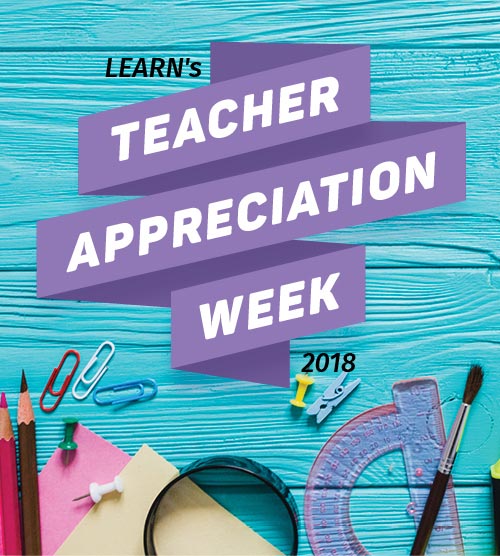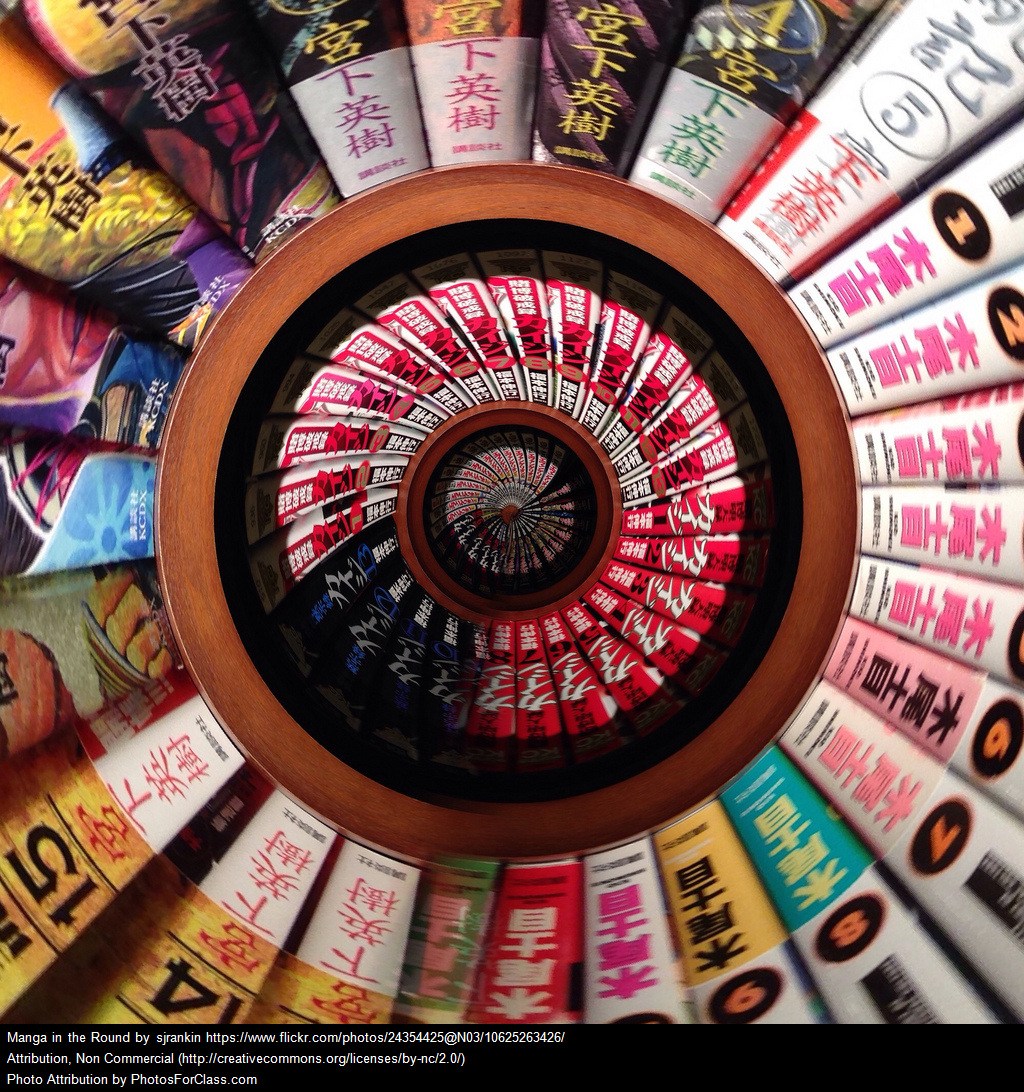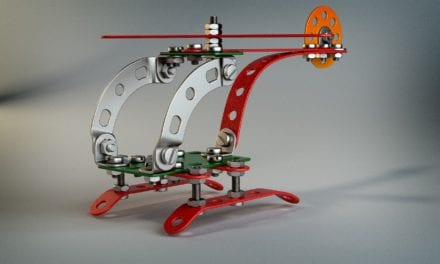Our youngest learners are amazing at robotics! They are curious, patient and resilient when it comes to making robots do what they want. However, limiting screen time for our preschoolers and Cycle 1 students is necessary. I have been doing sessions with students in preschool and Cycle one Elementary over the past few months to show the many robots that don’t need screens to work. Rather than using a screen to program robots, there are many types of robots that simple use buttons, colour sequencing or tile placement to get them doing what the students want. What I have realized is that it’s easy for students to get started and their engagement is through the roof after a few minutes.
Color Recognition Robots
Many robots on the market that are available to schools via the Plan D’Action Numerique recognize sequence of colours.
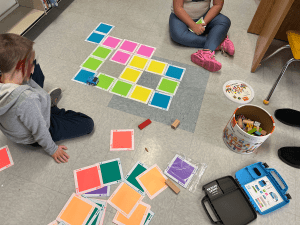
Sphero Indi is amazing. It’s a small indy car that rolls over color tiles on the floor that have Indi change direction, go faster/slower, and celebrate of course using a sensor underneath its body. Students are challenged to make race courses and invent stories as they play.
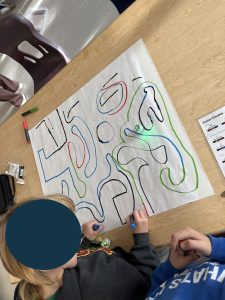
OzoBots are another color recognition robot. OzoBot loves to follow lines. Again it scans color sequences that are connected to actions the ozobot preforms, for example zig zag, turbo, tornado etc. For our younger learners, they love to draw lines and make up stories about the paths the OzoBot follows.
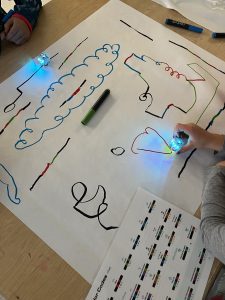
Tile/Button-based Robots
Tile and button based robots are mainly directional, making them great for storytelling or for free play. Students push sequence of buttons or lay out tiles that are always image based and have the robots move around the room.

The Kudo is a fun robot that has students assemble a directional path on a play mat where storytelling ensues. The students love this little guy and immediately start to construct stories or challenge one another to get from one spot on the mat to another.
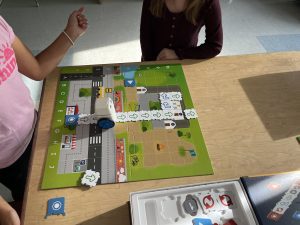

MatataCode is another tile-based robot that again has students assembling directional tiles and then sending the code to the robot to complete the task. The tiles are set up like a book, from left to right.
If you’re interested in knowing more or would like to test some of these robots in your class please feel free to reach out. Take the first step by filling out the Professional Development Request form Go to form
Check out the powerpoint slides from our Open Creative Space day, with the theme “Unplugged & Basics of Robotics”, on February 22, 2024.


